Lifestyle - Interview
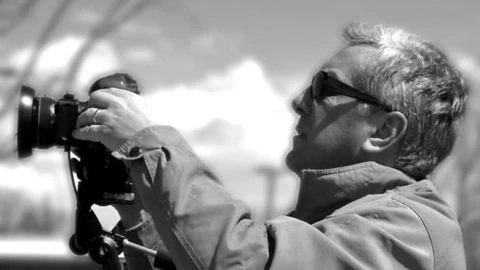
Interview with Architectural Photographer Alan Blakely
Lifestyle - Interview
by Melisa Kaya
A life dedicated to photography, Alan Blakely. He is the founder of The Association of Independent Architectural Photographers, Real Estate Photographers of America & International and Aerial Drone Photographers of America. His photograph passion started at the age of 14 as a news photographer, and his successful career has been going on for nearly four decades. In addition to the awards that he has won, his work has appeared in most major architecture and interior design publications. Alan Blakely is the author of several architectural photography books and publications, and he is a regular contributor to The New York Times. I had the chance to interview Architectural Photographer Alan Blakely. You can learn more details about the architectural photography in this interview.
Alan, before start talking about Architectural Photography, could you tell us about yourself? Who is Alan Blakely?
I’m a Utah native and now live in the small, rural town of Eden, Utah. My wife Colelyn and I enjoy horseback riding and fly fishing in our off time. We live in a 120-year-old farmhouse on a three-acre property with a historic barn and corrals. My darkroom and office are in the former granary on the property. I’m a former professional musician (rock, jazz, new age) and have an extensive collection of musical instruments and an in-house recording studio.
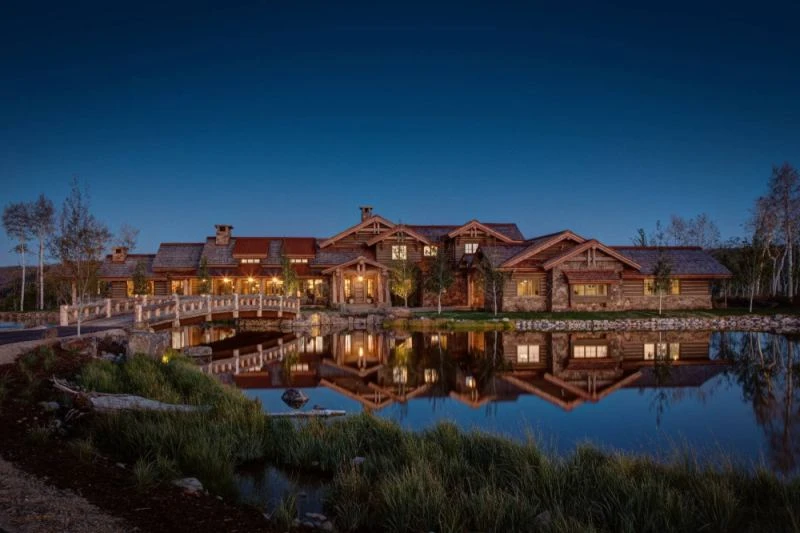
© Alan Blakely Photography
How did you decide to pursue a career in photography? What or who inspired you?
I’ve had an interest in photographing things that interest me since an early age. I began my career as a news photographer for my hometown newspaper at age 14. I got a lot of “real world” experience in a short amount of time as a teenager. I began my college education on a photography scholarship but soon became disappointed in the “academic” approach to photography. I changed my major and graduated with a degree in advertising communications.
I met Ansel Adams for the first time when I was 16 years old. His photography and “Zone System” had a profound effect on the way I approach photography. I’ve always admired the precision in his approach to photography and have tried to emulate his attention to detail and technique.
Could you tell us about Alan Blakely Architectural Photography?
I began my career as a commercial photographer in the 1980’s. I was more of a generalist in my early career and did a lot of studio-related work such as product illustration and food photography. I also did location work and found that I enjoyed being outside the studio far more than I enjoyed working inside the studio. I made a conscious effort over the next few years to cultivate an architectural clientele. Since about 2002 my business has been primarily architectural photography. I closed my last studio in 2013 and haven’t looked back. I now work throughout the U.S. and Canada for a variety of businesses in the architecture, engineering and construction industries.
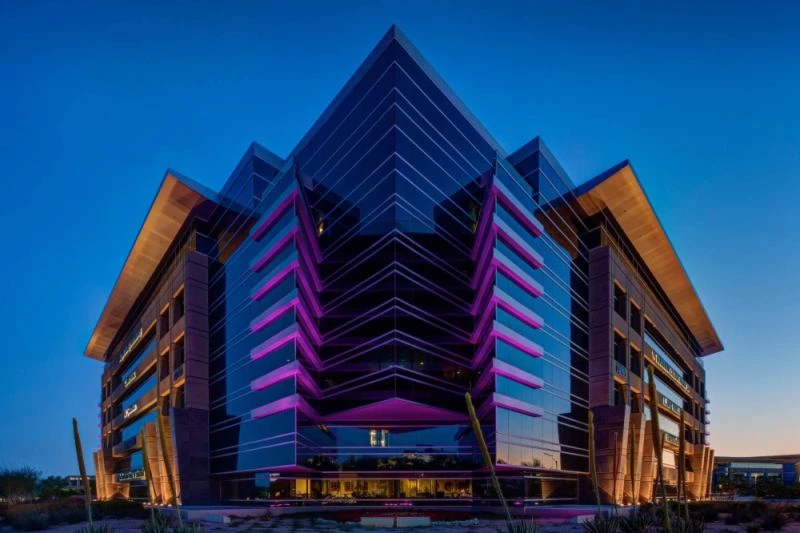
© Alan Blakely Photography
How would you describe your photographic approach?
My first consideration is always to showcase my clients work in the best possible way. Whether I’m shooting for an architectural firm, a commercial builder or an interior design firm I try to approach the photoshoot with the thought in mind that I’m creating images that are the best representation of their work or products. Any photograph is ultimately the way the photographer chooses to view the subject. The choices of light, contrast, balance, texture, and composition are all up to the photographer. I try to create photographs that enhance the subject by the techniques employ rather than drawing attention to the techniques themselves. A failed photograph is one that the viewer sees more of the photographer’s technique than the intended subject matter.
What type of services do you offer to architecture firms?
I offer interior, exterior and aerial photography. There’s currently a trend to include more people in architectural photographs, so many of my projects become “lifestyle” photoshoots as well. Wherever possible I like to scout the location before the photoshoot and walk the property with the architect to get an idea of what’s important to them in the project. Once I understand the architect’s priorities it’s much easier to create a working shot list.
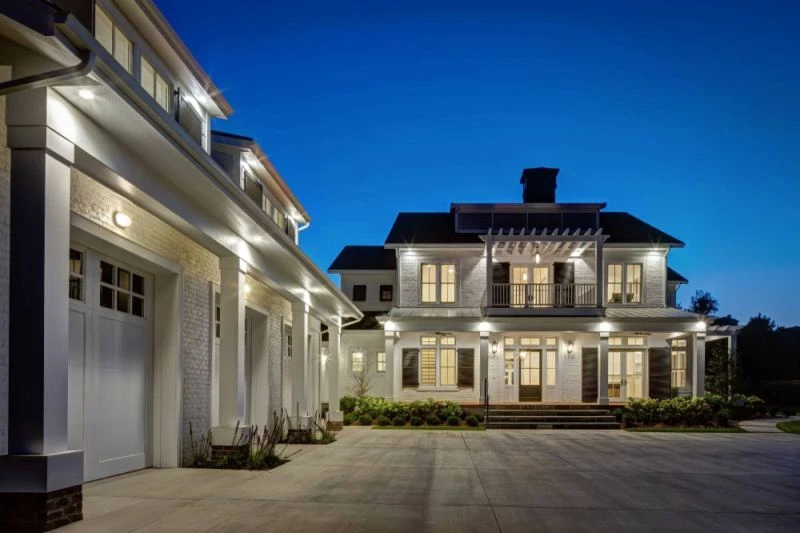
© Alan Blakely Photography
How long does it take to complete an average architectural project's full photo work?
Most of my projects are 1-2 days in duration for the photography. Post production time is typically equal to the photography time - in other words, a two-day shoot usually requires two days of post-production. We have a minimum billing threshold, but no maximum on project size. We photograph projects that take as little as two hours to shoot or as much as several months.
Which factors determine the project budget?
We factor in pre-production and project coordination time, actual shooting time, travel time and expenses, assistants, post-production time and image licensing. The photographs from many of our projects fall under a shared cost and licensing arrangement where several companies may share the use of the images. The final cost of a photoshoot is ultimately dependent upon how many parties wish to have use of the images.
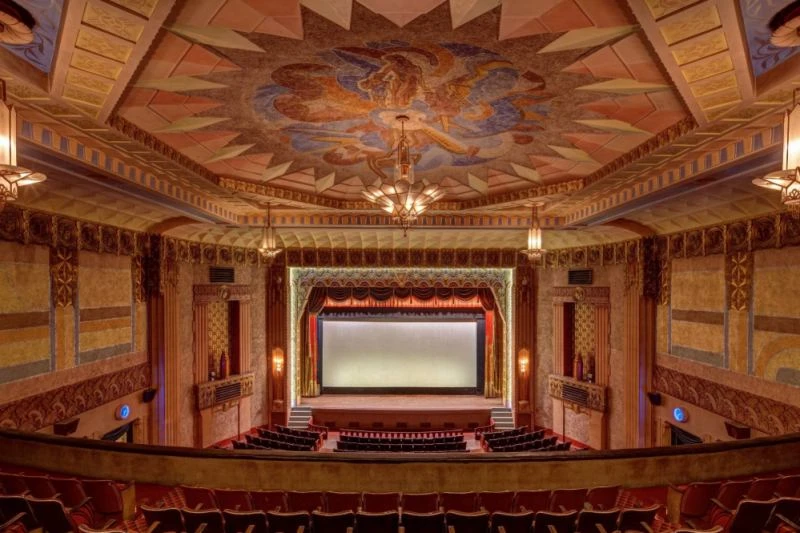
© Alan Blakely Photography
What is the most important component of a spectacular architectural photograph?
The eye of a talented photographer. My most popular photographs are invariably those in which I show the viewer the unique way that I see the subject. It’s a combination of composition, equipment choice and flawless technique.
How does the work of a professional architectural photographer add value to the architectural project?
When we think of an iconic building we are likely thinking of a photographic image of the building that we’ve come to know. The best way to showcase an iconic architectural design is with an equally iconic photograph.
What do you think about the effect of a good photograph in the buyer's decision?
I’m guessing that you’re referring to real estate photography in this question. It’s a proven fact that listings with great real estate photography sell quicker and for more money than those with traditional photography.
Could you tell us about some of your architectural photography projects?
My projects have ranged in size and complexity from the NASA VAB (vehicle assembly building) at Cape Canaveral to tiny upscale apartments. My personal favorites are historic properties.
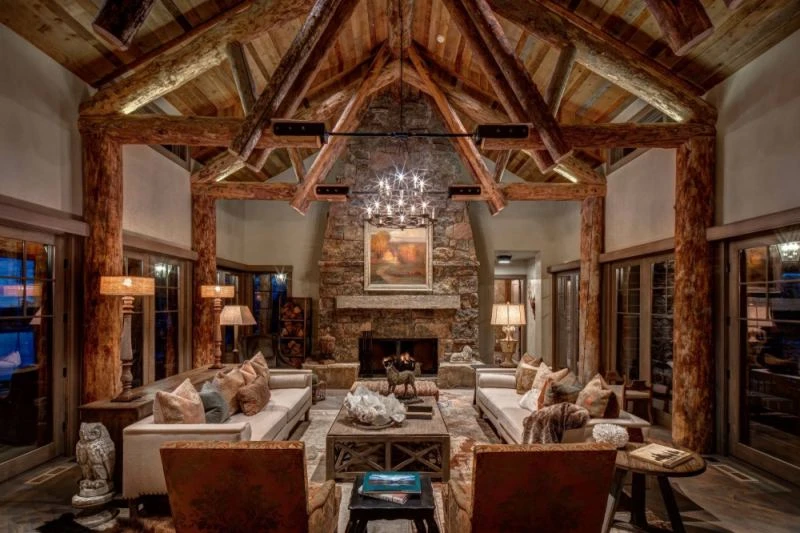
© Alan Blakely Photography
Do your equipment and project plan vary depending on the size of the building? What type of works do you prefer most, is it interior or exterior?
Every project is a different set of problems and solutions. I have a variety of camera, lens and lighting options that I employ based on the unique challenges of each individual project. I enjoy the variety in my work and would never want to be just an “interior” photographer or any other architectural specialty.
What are your expectations from your clients for a suitable shooting environment?
I have a pre-shoot checklist that I discuss with the client prior to the shoot. The primary considerations are cleanliness and accessibility. I never offer to “fix it in Photoshop”. I like to make sure that there’s someone on hand who knows how to turn on all the lights and unlock doors. I’m not opposed to paying a custodian to hang around to make sure the shoot goes off without a hitch.
How do you protect the rights of your photographs in this online era?
It’s a challenge. However, we embed copyright information in the file structure of every photograph. We also monitor the online usage of my photographs with an image search utility. When we find an unauthorized usage we contact the offender and demand that they license photograph. In extreme situations, we take legal action.

© Alan Blakely Photography
Could your clients use the photographs in any publication, catalog, website, ad or other platforms in the future?
That depends on the license terms that were originally agreed upon and paid for by the client. Some images are licensed indefinitely and some for a specified period. It all depends on the terms of the project.
Smartphones and affordably priced DSLR cams made everyone is more enthusiastic about photography. How did this affect the professional photography industry?
I believe that the prevalence of affordable good DSLR cameras has affected the lower end of the professional market, but there’s still a strong market for high-end professional photography. Ultimately, a photographer is hired for his own personal talents, not the equipment that he owns. I’ve always said, “When it comes to great photography, it’s not about the camera”. Great photography has always had more to do with talent than with tools.

© Alan Blakely Photography
What advice would you give to photographers who want to pursue a career in architectural photography?
I’d recommend getting a well-rounded education and then assisting the best architectural photographer you can find. Business acumen is essential to having a successful career in this industry.
What type of different solutions do you offer for different needs? Could you briefly tell us about your other services?
I will occasionally agree to do executive headshots for our clients, but we don’t pursue that in our marketing. I rely on other professionals to provide services such as videography, graphic design and website design.
What do you think about social media? How do you use it for your profession?
Social media is an essential part of our marketing, but knowing the right channels to use is the key. Ours is a “business to business” model, so consequently many of the social media channels don’t reach our target audience.
How can our readers follow Alan Blakely?
My website is www.alanblakely.com and you’ll find me on Instagram at @alanblakelyaiap and on LinkedIn at https://www.linkedin.com/in/alanblakely/ and Facebook at https://www.facebook.com/BlakelyPhotography
Anything you would like to add that I haven’t asked?
Nothing else. Thanks for reaching out to me.
Thank you Alan for this enjoyable and informative interview.
For more information, please visit website of Alan Blakely
This interview was conducted in a Question-and-Answer format. The answers were checked for grammar and punctuation and published without any additional editing. Friday, August 17, 2018. All photos are the property of their respective owners.